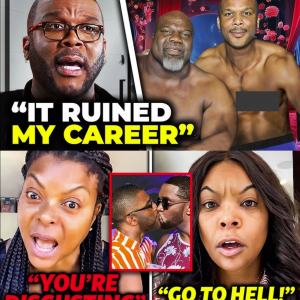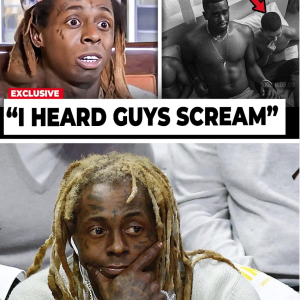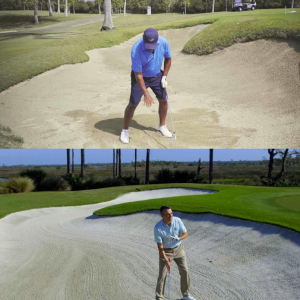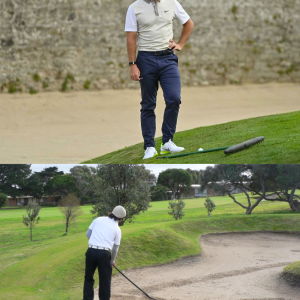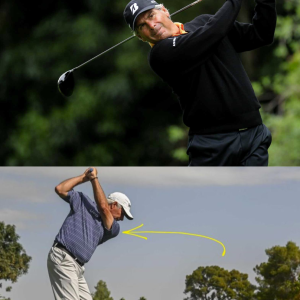Depending upon who you speak to, Good Good golf is something between an affable group of young YouTube golfers and the future of the golf media business.
For the uninitiated: Good Good is one of the YouTube world’s biggest golf channels, home to a group of young, marketable, good-but-not-professional golfers who make videos grooved like a Paul Skenes fastball into YouTube’s massive, internet-brained audience.
What nobody will argue is that Good Good is a modern media success story — a glimpse into the power wielded by individuals (and algorithms) in the era of democratized content creation. What started as a group of teenagers in Kansas has morphed into a full-blown media conglomerate, complete with a “content house” and a growing line of sponsors hungry to reach audiences through an entirely uncontroversial medium.
For those in the belly of the content creation beast, that has manifested in an increased need to deliver and develop content, which is what led to the addition of new members to the crew — folks like Brad Dalke, who joined this week’s Subpar Podcast to discuss his rise to golf stardom and his recent start in the PGA Tour’s “Creator Classic.“

As Dalke tells it, his start with the brand came shortly after finishing a high-level golf career of his own.
“I’m still pretty new to all of this. I’ve been doing this for four or five years now, so I’m obviously new to the YouTube stuff,” he said. “I was doing college golf, pro golf, and about a year and a half ago I started getting into all of this.”
In fact, “doing college golf” is a bit of an undersell. Dalke was a bonafide stud, playing both as a national champion collegiate golfer and runner-up at the U.S. Amateur before leaving the pro golf life behind in favor of the YouTube world.
Eventually, like many decorated amateur players, he fizzled out at the pro level, but he wasn’t ready to leave golf behind in its entirety. He wound up with Good Good, and quickly was amazed by the way their audience attached to the brand — a shift he credits to the developments of the entertainment-watching world.
“I say this to a lot of people. When I was a kid I used to watch Disney Channel, Nickelodeon, y’all probably were the same way. Now I have nephews and nieces who are younger that only watch YouTube. I think kids are growing up in a YouTube world,” Dalke said. “There’s not really shows anymore, you just go watch a channel that you like on YouTube. I think that’s what’s happening with this younger generation. They’re growing up and they’re getting into golf, and getting into Good Good.”
That’s certainly a compelling theory, and while there’s loads of viewership evidence supporting Dalke’s assertion — YouTube was the biggest content stream in the world in 2023 — there are thornier questions about what the shift of that audience portends for content creators across the media landscape. As the media business has learned from booms at other major “content houses” like Google and Facebook, the flood of new audience can be as profitable as it is tenuous. When media companies do not own their primary forms of distribution, they fall vulnerable to the whims of the distributor’s algorithms and shifting interests.
The good news, for those at Good Good like Dalke, is that the business is quite good right now, and shows no signs of slowing down. In other words, no matter what you think of Good Good, you’re likely to see more of them in the future.
“I think that’s the way that streaming is going and all of that,” Dalke said. “It puts Good Good in a good spot. But for a lot of these companies they’re going to have to make adjustments.”
To hear the rest of his interview, check out the link below.
